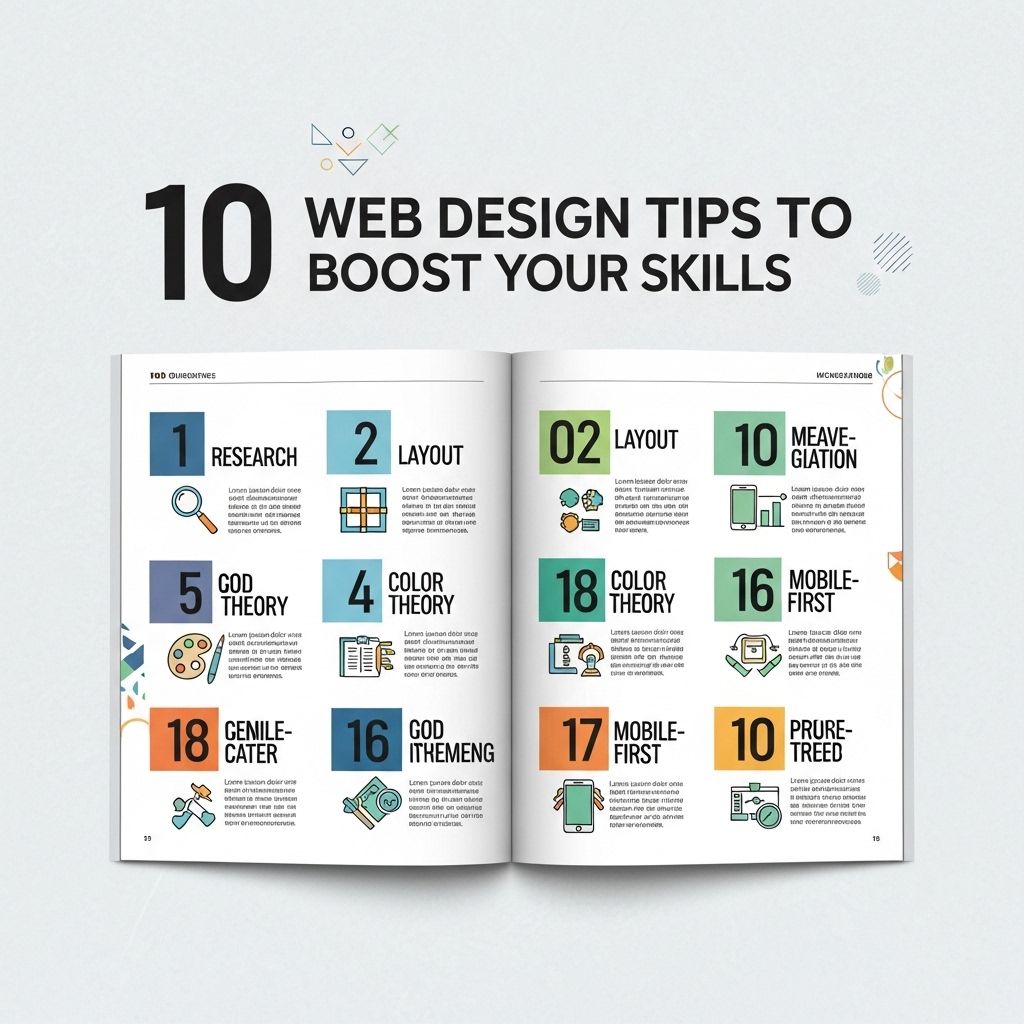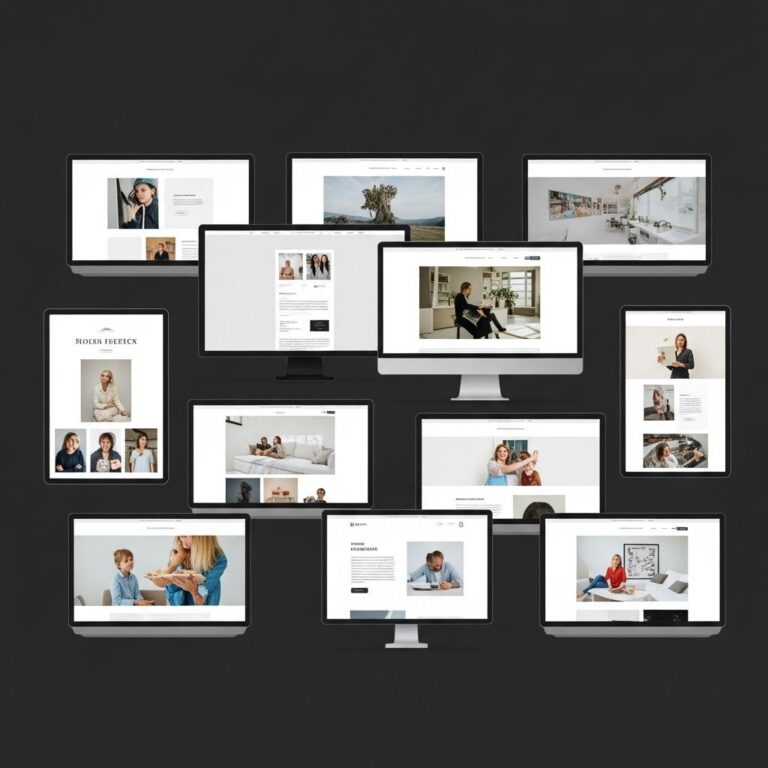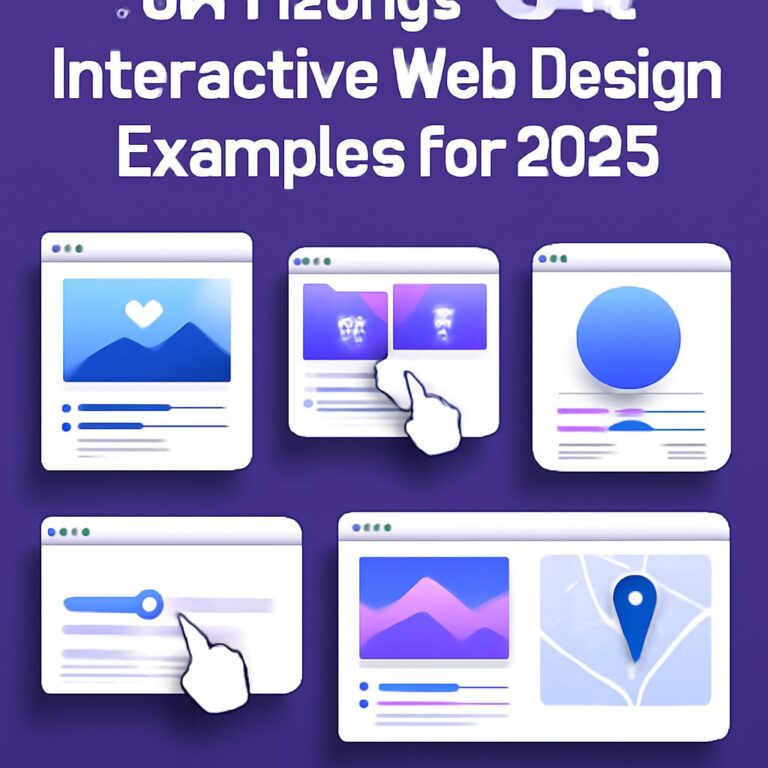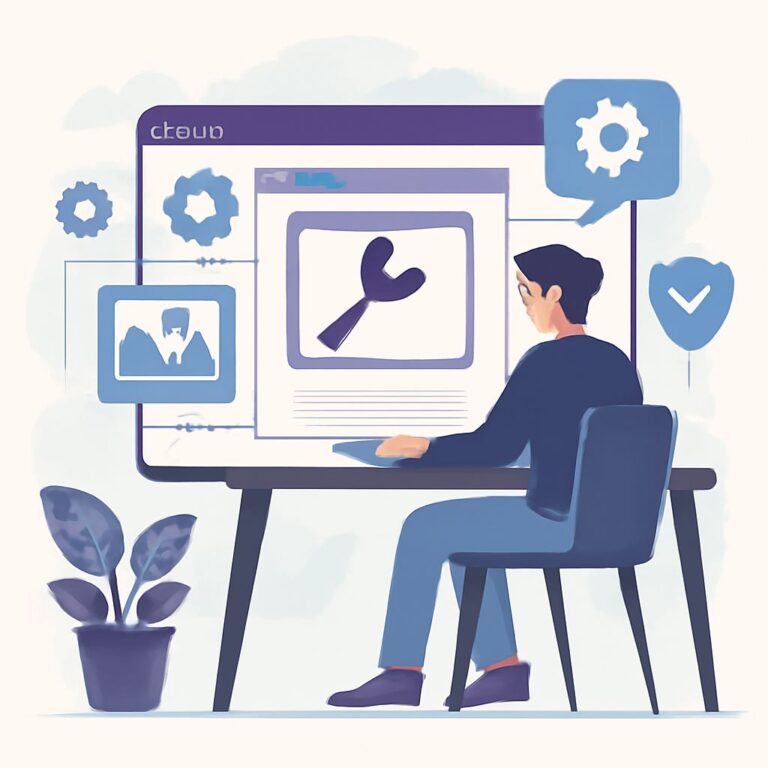In today’s digital world, web design is more important than ever. A well-designed website can significantly improve user experience, boost engagement, and increase conversion rates. Whether you’re a beginner or an experienced designer, there are always new techniques and strategies to learn. This article covers ten essential web design tips that will help you enhance your skills and create stunning websites. Let’s dive into the world of web design and explore these valuable insights.
Table of Contents
Understanding the Basics of Web Design
Before diving into advanced techniques, it’s crucial to have a solid grasp of the fundamentals. Here are key concepts to focus on:
- Color Theory: Learn how colors interact and how to use them effectively to convey your message.
- Typography: Choose fonts that are readable and appropriate for your audience.
- Layout: Master the use of grids to create organized and aesthetically pleasing designs.
- Accessibility: Ensure your designs are usable for people with disabilities.
1. Prioritize User Experience (UX)
At the heart of web design lies user experience. A great design should be intuitive and seamless. Here are some UX tips:
Conduct User Research
Understand your target audience by conducting surveys, interviews, or usability tests. Gather data on:
- User demographics
- Behavior patterns
- Preferences and needs
Implement Responsive Design
With an increasing number of users accessing websites from mobile devices, responsive design is essential. Use flexible grids and layouts to ensure your website looks great on all screen sizes.
2. Focus on Visual Hierarchy
Visual hierarchy guides users’ attention to the most important elements of your site. Use the following techniques to create an effective hierarchy:
- Size: Make important elements larger to draw attention.
- Color: Use contrasting colors to highlight key messages.
- Placement: Position critical information at the top or center of the page.
3. Utilize White Space
White space, or negative space, is the area around design elements. It can enhance readability and focus. Here’s how to use it effectively:
Benefits of White Space
- Improves content legibility
- Enhances overall aesthetics
- Prevents user overwhelm by simplifying the layout
4. Choose the Right Color Palette
The right colors can evoke emotions and enhance your brand identity. Consider these tips for choosing a color palette:
Color Palette Selection
- Limit Your Palette: Use a maximum of three primary colors.
- Consider Color Psychology: Different colors elicit different feelings.
- Test Color Combinations: Use tools like Adobe Color to experiment with shades.
5. Master Typography
Typography is a critical component of web design that impacts readability and brand perception. Here’s how to master it:
Typography Tips
- Limit Font Choices: Stick to two or three complementary fonts.
- Use Font Sizes Wisely: Ensure text is legible across devices.
- Pay Attention to Line Spacing: Good spacing improves readability.
6. Optimize for Performance
Website speed is crucial for user experience and SEO. To optimize performance, consider the following:
Performance Optimization Strategies
- Compress Images: Use tools like TinyPNG to reduce image sizes.
- Minify CSS and JavaScript: Remove unnecessary characters to decrease file sizes.
- Use a Content Delivery Network (CDN): Distribute content across multiple servers for faster load times.
7. Implement Clear Navigation
Clear navigation helps users find content quickly. Here are some tips for creating effective navigation:
Navigation Best Practices
- Simplicity: Use clear labels and limit the number of menu items.
- Consistency: Keep navigation elements in the same location across all pages.
- Include a Search Bar: Allow users to search for specific content easily.
8. Leverage Visual Elements
Visual elements such as images, icons, and videos can enhance engagement. Here are a few ways to leverage them:
Using Visual Elements Effectively
- High-Quality Images: Use relevant and high-resolution images.
- Infographics: Combine data with visuals to convey complex information.
- Videos: Use videos to explain services or products succinctly.
9. A/B Testing and Analytics
To continuously improve your designs, implement A/B testing and track analytics. Here’s how:
Steps for A/B Testing
- Select Variables: Choose elements to test, such as button colors or headlines.
- Run Tests: Present different versions to users and gather data.
- Analyze Results: Determine which version performed better and iterate.
10. Stay Updated with Design Trends
Web design is ever-evolving. Staying updated with the latest trends can keep your skills sharp. Here are some sources for inspiration:
Where to Find Inspiration
- Design Blogs: Follow blogs like Smashing Magazine and A List Apart.
- Dribbble and Behance: Explore portfolios and projects from other designers.
- Web Design Conferences: Attend events to learn about new tools and methodologies.
Conclusion
Improving your web design skills doesn’t happen overnight. It requires practice, experimentation, and a willingness to learn from both successes and failures. By focusing on user experience, mastering visual elements, and staying abreast of industry trends, you’ll be well on your way to creating stunning websites that captivate and convert. Embrace these tips, and watch your web design skills soar to new heights!
FAQ
What are the essential web design principles to improve my skills?
Focus on user experience, responsive design, typography, color theory, and visual hierarchy to enhance your web design skills.
How can I make my website more user-friendly?
Ensure easy navigation, fast loading times, and a clear layout to improve user-friendliness of your website.
What role does color play in web design?
Color influences user emotions and behaviors, making it crucial for branding and creating an appealing web design.
Why is responsive design important for my website?
Responsive design ensures your website looks great and functions well on all devices, improving user engagement and retention.
How can I enhance my website’s loading speed?
Optimize images, minimize code, and leverage browser caching to boost your website’s loading speed.
What tools can help me in web design?
Use design tools like Adobe XD, Figma, and Sketch for prototyping, along with platforms like WordPress for easy website creation.









